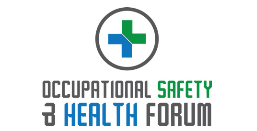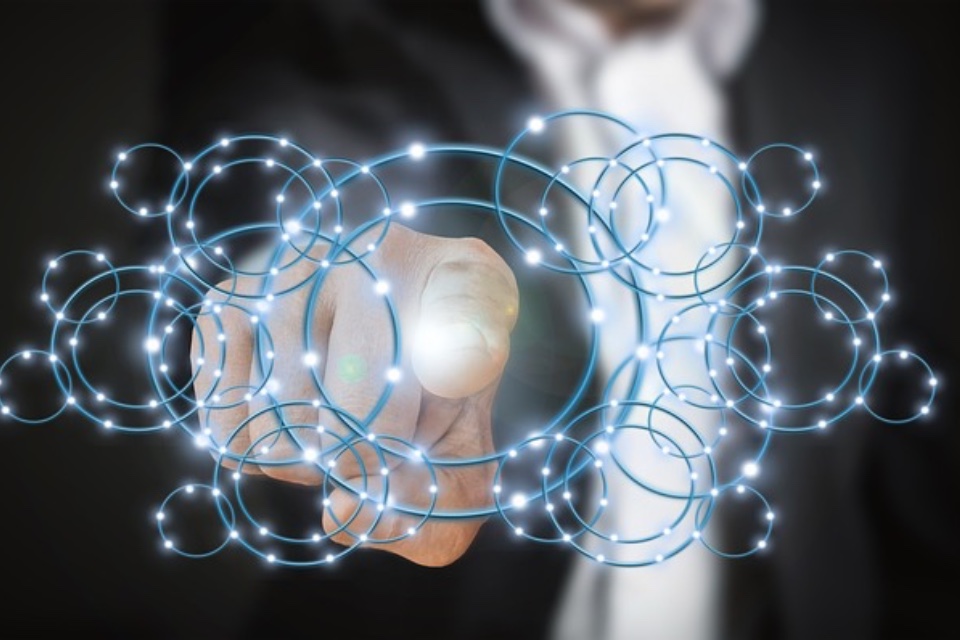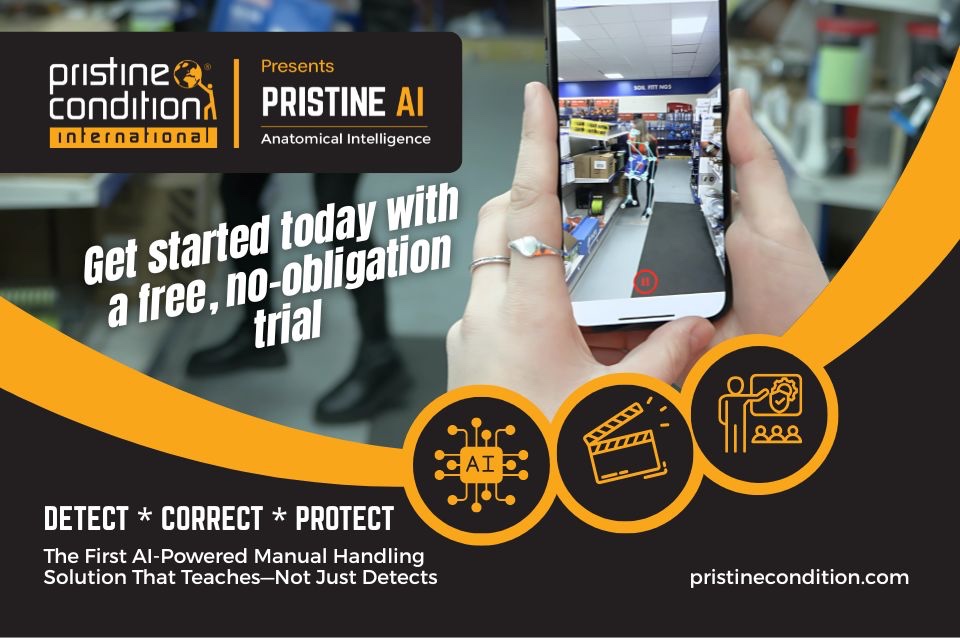Artificial Intelligence (AI) is revolutionising various aspects of our lives, and one area where its impact is becoming increasingly evident is workplace health and safety. AI-powered technologies are transforming the landscape of occupational safety, providing new tools and insights to enhance workplace wellbeing. In this article, Health & Safety Briefing explores the ways in which AI is impacting workplace health and safety in the UK and the benefits it brings to employers and employees alike…
- Real-time Risk Assessment
AI-enabled systems are transforming the traditional approach to risk assessment in the workplace. By analysing vast amounts of data from various sources, including sensor networks, wearable devices, and historical incident records, AI algorithms can identify potential hazards and predict risks in real-time. This proactive risk assessment allows for timely interventions and preventive measures to minimise accidents and injuries.
- Predictive Maintenance
AI-powered predictive maintenance systems are improving workplace safety by monitoring equipment and machinery performance. By analysing sensor data and historical patterns, AI algorithms can detect potential faults or malfunctions in advance. Timely maintenance and repairs can be scheduled, reducing the risk of equipment failures that could jeopardise worker safety.
- Intelligent Video Surveillance
AI-driven video surveillance systems provide enhanced workplace security and safety. These systems can analyse video feeds in real-time, identifying safety hazards and potential incidents. For example, AI algorithms can detect slips, trips, and falls, unauthorised access to restricted areas, or workers not wearing personal protective equipment (PPE). Real-time alerts enable immediate response and intervention, improving overall workplace safety.
- Ergonomics and Biometrics
AI-based systems are being used to analyse ergonomic factors and assess worker well-being. Wearable devices equipped with AI algorithms can monitor and analyze workers’ movements, postures, and physiological data. This information helps identify potential ergonomic risks, providing insights to improve workstations, adjust work processes, and prevent musculoskeletal disorders and fatigue-related accidents.
- Virtual Reality Training
AI-driven virtual reality (VR) training is transforming the way workers are trained in hazardous environments. VR simulations enable realistic and immersive training experiences, allowing employees to practice safety procedures and emergency responses in a controlled environment. This hands-on training helps build muscle memory, enhances situational awareness, and reduces the risk of accidents and injuries in the actual workplace.
- Data-driven Insights and Compliance
AI-powered analytics provide valuable insights into workplace health and safety trends. By analysing large volumes of data, AI algorithms can identify patterns, pinpoint high-risk areas, and suggest preventive measures. These data-driven insights assist employers in implementing targeted safety measures, ensuring compliance with regulations, and continuously improving workplace health and safety practices.
AI is playing a transformative role in advancing workplace health and safety. Real-time risk assessment, predictive maintenance, intelligent video surveillance, ergonomic analysis, VR training, and data-driven insights are just a few examples.
By leveraging AI technologies, employers can create safer work environments, reduce accidents and injuries, and improve overall employee well-being. However, it is crucial to address ethical considerations and ensure transparent and responsible use of AI in workplace health and safety. Embracing the potential of AI, the UK can forge a path towards safer and healthier workplaces, fostering a culture of well-being and productivity.
Image by Gerd Altmann from Pixabay





